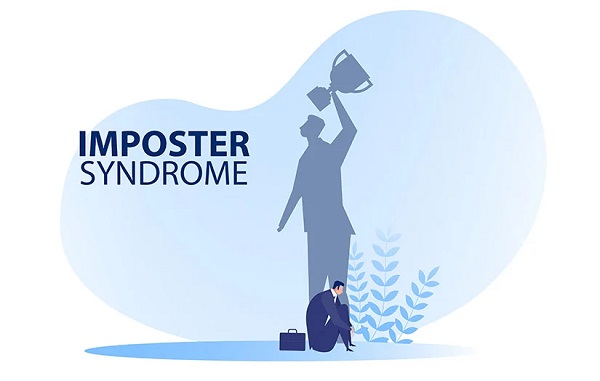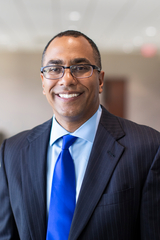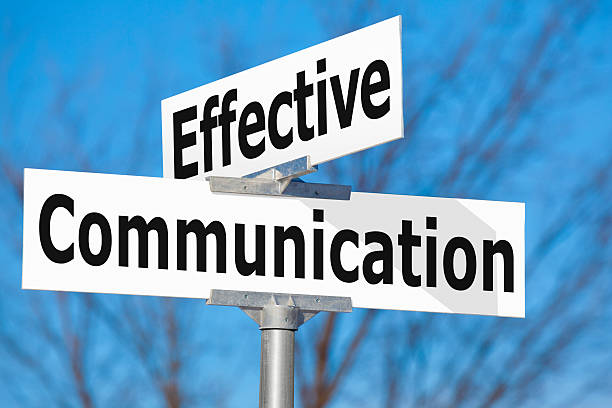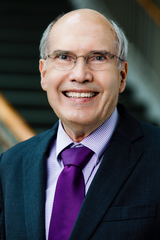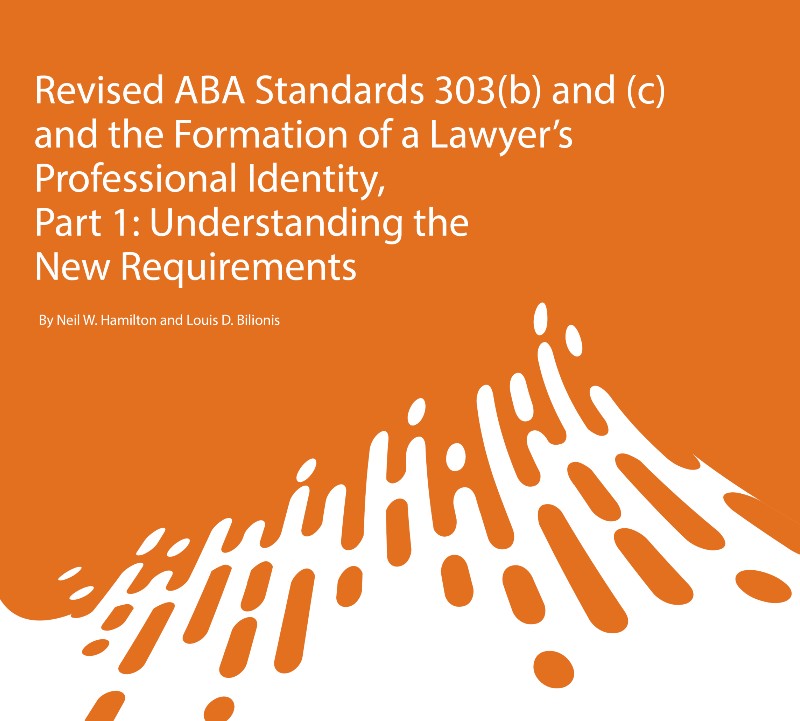By: Megan Bess, Director of the Externship Program and Assistant Professor of Law, University of Illinois Chicago School of Law
A few years ago, I set out to create my first externship course syllabus in my new role directing my school’s externship program. One of my goals to was to empower students to put their work in context and see how it fits in with the structure and goals of their externship organizations. I have found that without the coaxing to do so, students did not consistently seek out information about their organizations outside of the knowledge required to complete the work assigned by their supervising attorneys. Students are eager to make themselves useful to their immediate supervisors and colleagues. But an important opportunity for reflection that aids professional identity formation is missed without considering the larger context of how a student’s role and work contribute to the greater purpose of an organization and how that work serves and/or advances the legal profession.
As I was drafting the syllabus, a long-time adjunct showed me an assignment he developed for his government externship class. It prompted students to identify how decisions are made at the organization. At first glance, this seems simple enough to do. But there can be many layers to decision-making. This requires first identifying who the clients are. It also entails determining how decision-making is shared by clients and attorneys in the organization’s particular setting. He also asked students to describe any checks on the decision-making process. I immediately adapted a version of his reflective assignment for my externship section. I have tweaked it many times since then, but I remain impressed by the depth of investigation and reflection required for students to complete the assignment.
We have adjusted this slightly for students working in different settings. For example, when students extern with courts and/or judges, we ask them to identify the source of the court’s authority and the types of decisions made by the court or judge. We ask them to analyze the decision-making steps and any checks on decisions. When students extern for an organization’s in-house counsel, we help students reflect on how the goals of protecting the organization from liability and ensuring financial stability impact decision-making. Students with public interest organizations delve into decisions about the factors that determine which clients to take on and how to prioritize the use of organizational resources.
While this assignment was created for an externship setting, it has potential to aid in professional identity formation any time a law student works in a real-world legal setting. As part of their efforts to better incorporate professional identity formation, many schools have or are developing programs or guides to help prepare students for real-world lawyering experiences. These could include a suggestion that as part of a student’s onboarding, they investigate how decisions are made at the organization in which they will work. We can also help our students debrief and make sense of the work they have already done if we ask them these questions after they have engaged in a real-world legal experience.
To do this properly, students will need to understand the structure and mission of their organization and how attorneys support this mission. They will also need to identify the client or clients and which decisions attorneys can make and which are reserved for clients. I encourage students to identify examples to help illustrate this process and identify points of tension or confusion in the relationship between attorney and client. The process can be quite complicated, especially in large organizations. Such reflection requires students to think beyond their work and their role to understand the challenges inherent to the attorney’s role in the organization. In my experience, law students ultimately discover that the role of the attorney is not nearly as straightforward as it first seems. This firsthand knowledge of the challenges attorneys face is an invaluable part of their professional identity formation journey.
If you have questions or comments, please reach out to me at mbess@uic.edu.

Megan Bess is the Director of the Externship Program and Assistant Professor of Law at the University of Illinois Chicago School of Law.







